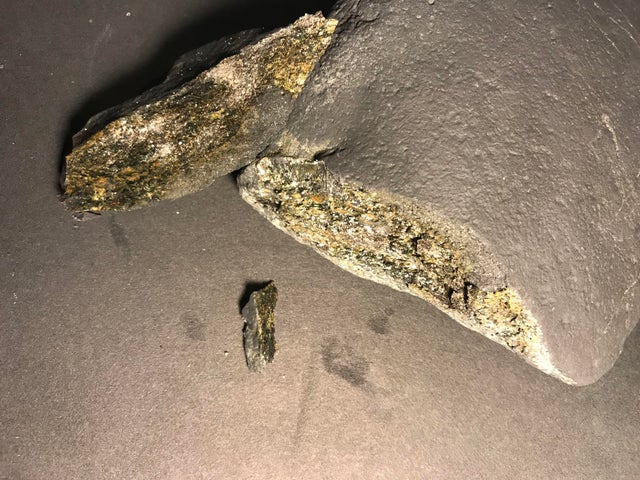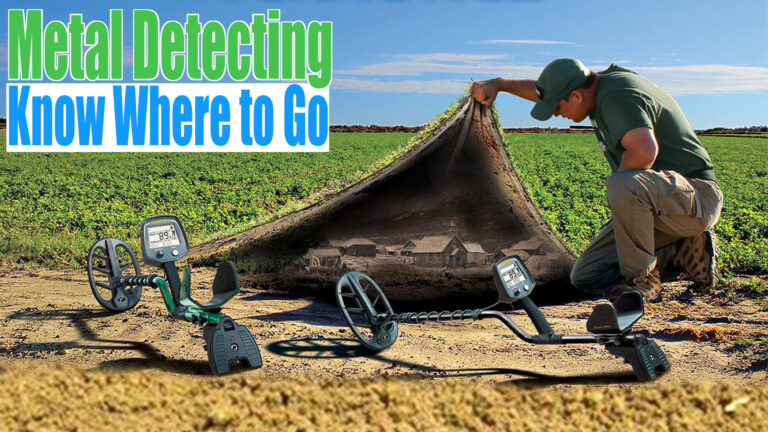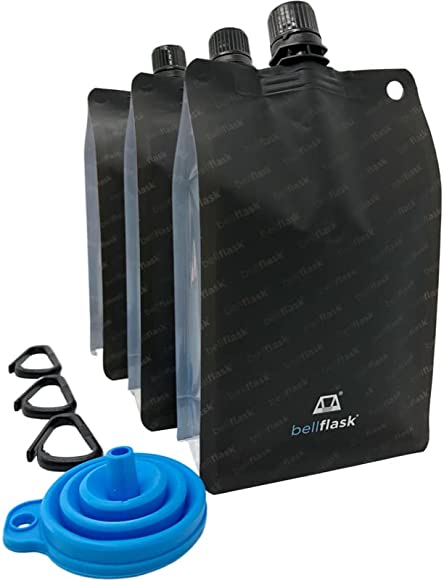Rocks That Set off Metal Detectors
Rocks that set off metal detectors typically contain a high concentration of metals, such as iron or nickel. Sometimes, these rocks can also be magnetic.
Rocks that set off metal detectors are not necessarily made of metal. Many rocks can contain trace amounts of metal that will cause a detector to sound. The most common culprits are iron-bearing minerals such as pyrite and magnetite.
These minerals are often found in sedimentary rocks such as shale and limestone. Other rocks that may cause a false reading include metamorphic rocks such as amphibolite and hornfels. So, if you’re out looking for treasure with your metal detector, do your homework on which rocks are likely to give you a false positive!
Rocks That Set off Metal Detectors
Why Would a Rock Make My Metal Detector Go Off?
If you’re wondering why your metal detector is going off when you pass over a rock, it’s likely because it contains conductive minerals. This means they can absorb and reflect electromagnetic waves, which is how metal detectors work. Different rocks contain different minerals, so some may be more likely to set off your metal detector than others.
If you’re looking for a specific mineral, you can find out which rocks are most likely to contain it by doing a quick online search.
Will quartz set off a metal detector?
There’s a lot of misinformation out there about quartz and metal detectors. Some say quartz will set off a metal detector, while others say it won’t. So, what’s the truth?
The answer is: it depends. Quartz comprises silicon and oxygen atoms, which are not metals. However, quartz can contain trace amounts of metals such as iron, aluminum, or titanium.
If the amount of metal in the quartz is high enough, it could set off a metal detector. But in most cases, the amount of metal in quartz is too low to trigger a metal detector. So if you’re wondering whether your quartz will set off a metal detector, the chances are pretty slim.
What Rocks Contain Metal?
There are a variety of rocks that have metal in them. The most common type of rock that contains metal is ore. Ore is a rock that contains minerals, such as metals.
The metals are usually found in oxides, sulfides, and carbonates. Other rocks that have metal include placer deposits and metamorphic rocks. Placer deposits are formed when eroded rocks containing metals are transported by water and deposited in another area.
Metamorphic rocks form when preexisting rocks are changed by heat, pressure, or chemically active fluids. Some metamorphic rocks contain metallic minerals.
Can metal detectors detect stones?
There are two types of metal detectors: those that use magnetic fields and those that use electrical conductivity. Magnetic field detectors will not detect stone, as the stone is not a metal. Electrical conductivity detectors will only detect stones if they are made of metal or contain metal inclusions.
Metal Detector Discovered a Black Rock
A black rock was found with a metal detector in Australia. The rock is made of an iron-nickel alloy and is believed to be a meteorite. This is the first time a metal detector has found a meteorite.
Will Mica cause a metal detector to go off?
If you’re carrying mica, it could set off a metal detector. Mica is a type of mineral that’s often used in electronics and electrical applications. It’s made up of silicon, oxygen, and aluminum, and because of its composition, it can conduct electricity.
That means if it comes into contact with other metals, it can create a current that may set off the alarm on a metal detector. So if you’re going through security with mica in your bag or pocket, be prepared for the possibility of an extra step in the screening process.
What Minerals Can Be Found With a Metal Detector?
Metal detectors can find all sorts of minerals, including gold, silver, and other precious metals. But what else can they be used for? Mineral hunting with a metal detector is a great way to get outside and enjoy the fresh air while potentially finding valuable minerals.
Here are some of the best minerals to look for with a metal detector:
- Gold: is the most obvious mineral to look for with a metal detector, but that doesn’t make it any less exciting to find! Gold is often found in nuggets or flakes, so keep your eyes peeled when combing through potential areas.
- Silver: Another popular precious metal, silver, can also be found in nature using a metal detector. Like gold, silver is often found in nuggets or flakes. However, it can also be found in wire form if you’re lucky enough to stumble across an old mining site.
- Copper: Often considered one of the more “common” minerals, copper has monetary and scientific value. If you live in an area with a lot of history, you might find some old copper coins or other artifacts from years past.
- Lead: Although not as valuable as some other minerals on this list, lead is still worth keeping an eye out for when mineral hunting with a metal detector.
It’s often found near old mining sites or abandoned buildings or homes from decades ago.
Conclusion
If you’re looking for adventure and buried treasure, you’ll need to learn to find rocks that set off metal detectors. This can be a fun hobby that gets you outdoors and helps you exercise your brain. Two types of rocks are known to set off metal detectors: hot rocks and mineralized rocks.
Hot rocks are igneous rocks that have been heated by the sun or other natural sources of heat. They’re common in deserts and arid regions. Mineralized rocks contain minerals that conduct electricity, such as quartz, pyrite, or hematite.
These rocks are often found near water sources, such as rivers or lakes. To find hot rocks, look for dark-colored rocks in sunny areas. You can also test them by touching the rock with a metal object; if it is hot, the metal will also become hot.
To find mineralized rocks, look for rocky areas with running water nearby. These areas are often rich in minerals that conduct electricity. Once you’ve found a few potential candidates, it’s time to break out of the metal detector!
Start by sweeping the area with the detector turned off to get a feel for where the anomalies are located. Then turn on the detector and start scanning slowly back and forth over these areas until you hear a beep or see a reading on display indicating something beneath the surface. When you’ve found an anomaly, use a shovel or trowel to carefully dig around it until you’ve uncovered whatever is causing the alarm.
If it’s just a piece of trash, move on to the next spot; but if it’s something more valuable, congratulations—you’ve struck gold (or silver)!







